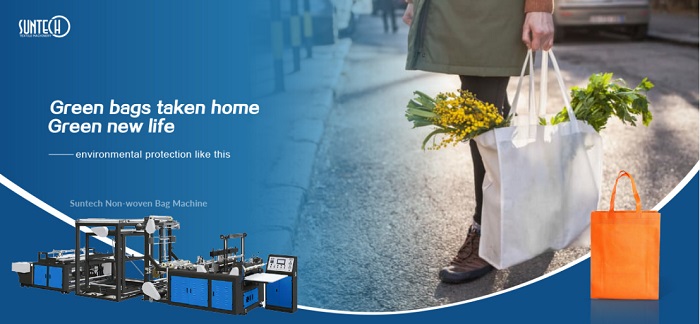China is a major producer, consumer, raw material importer, and product exporter of plastics, but China is not a country rich in resources. Except for China, all countries in the world are using large amounts of plastic. The white pollution produced pollutes the land and sea, endangers animals and plants, and ultimately endangers human health.
"Plastic bags are one of the worst inventions of the 20th century." This is the most impressive sentence of an environmental expert. We can touch the small plastic bag every day because it is provided by the merchant for free when shopping, and we use it uncontrollably. But this small plastic bag is difficult to degrade in the natural environment, causing pollution to the environment and even endangering the lives of animals.
In recent years, with the awakening of environmental protection awareness, the world has begun to resist white pollution. From the first World Climate Conference in 1979, to Copenhagen, and then to the Shanghai World Expo, the development of eco-environmental protection to this day is no longer the pale and weak cry of radicals. It is no longer a false and empty slogan by governments of various countries, but is getting closer to everyone's life, and many countries have successively issued plastic restrictions.
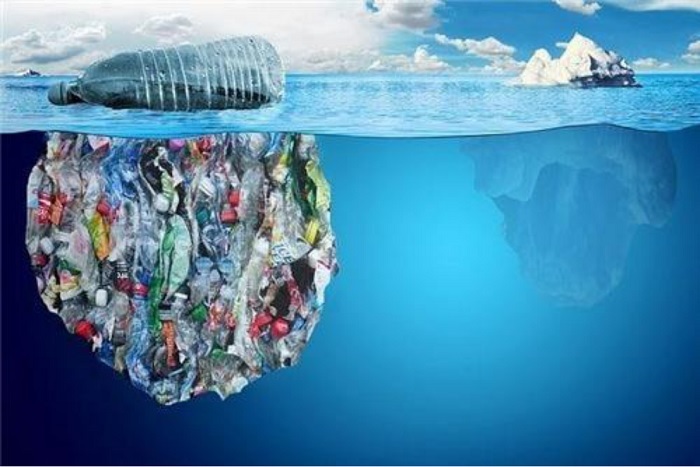
Global plastic restrictions
China implemented the "plastic restriction order" as early as 2008, stipulating that the production, sale, and use of plastic shopping bags with a thickness of less than 0.025 mm are prohibited nationwide, and all supermarkets, shopping malls, bazaars and other retail places are not allowed to provide free Plastic shopping bag.
Beginning on New Year's Day in 2015, the "plastic ban" in Jilin Province came into effect, becoming a province that has comprehensively upgraded from a plastic restriction to a plastic ban in the country. In 2019, Hainan Province issued a "plastic ban". By the end of 2020, the province will completely ban the production, sale and use of disposable non-degradable plastic bags and plastic tableware. Before the end of 2025, the province will completely prohibit the production, sale and use of plastic products listed in the "List of Prohibited Sale and Use of Disposable Non-degradable Plastic Products in Hainan Province (Trial)".(Click to share to Facebook)
As early as October 2010, South Korea began to implement the "recycling metering and charging garbage bag sales" system, stipulating that supermarkets must not provide disposable plastic bags for free. Five large supermarket chains in South Korea have signed relevant agreements with the Ministry of Environment of South Korea to actively promote the use of environmentally friendly containers to replace disposable plastic bags.
The European Union issued a plastic restriction directive in 2015. The goal is that by the end of 2019, people in EU countries will consume no more than 90 plastic bags per person per year, and by 2025, this number will be reduced to 40.
At the end of 2019, Thailand issued a "plastic restriction order", which stipulates that from January 1, 2020, department stores, supermarkets and convenience stores of 75 brands will no longer provide customers with disposable plastic bags, and strive to achieve a national goal in 2021. Prohibition of plastics.
On January 1, 2020, the French "Energy Transition to Promote Green Growth Law" officially implemented the ban on plastics, and France became the first country in the world to ban the use of disposable plastic tableware. The ultimate goal is to reduce the use rate of disposable plastic products to zero by 2040.
Africa is one of the regions with the greatest ban on plastics in the world. As of June 2019, 34 of the 55 countries in Africa have issued relevant laws prohibiting the use or taxation of disposable plastic packaging bags.
After the plastic restriction order is implemented, what kind of bags can be used instead of plastic bags? Environmental protection companies try to develop environmentally friendly materials to replace the use of plastics. Among them, the invention of non-woven bags is the gospel of the world's environmental protection, not only very environmentally friendly, but also better than plastic bags and affordable. In addition to non-woven bags made of non-woven fabrics, people also use cotton fabrics to make cotton bags, linen fabrics into canvas bags, and Oxford fabrics into Oxford bags. Among them, non-woven bags have won the favor of consumers due to their low price, environmental protection, durability, washability, and reusability.
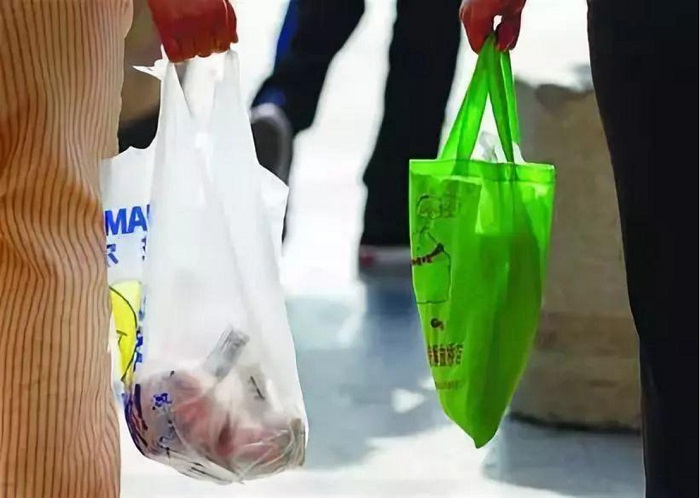
What is a non-woven bag?
Non-woven bag is a green product, tough and durable, beautiful in appearance, good air permeability, reusable, washable, silk-screen advertising, marking, and long service life.
The product uses non-woven fabric as raw material. It is a new generation of environmentally friendly materials. It has the characteristics of moisture-proof, breathable, flexible, light weight, non-combustible, easy to decompose, non-toxic and non-irritating, rich in color, low in price, and recyclable. The material can be naturally decomposed when placed outdoors for 90 days, and the service life is as long as 5 years when placed indoors. It is non-toxic, odorless, and contains no leftover substances when burned, so it does not pollute the environment.
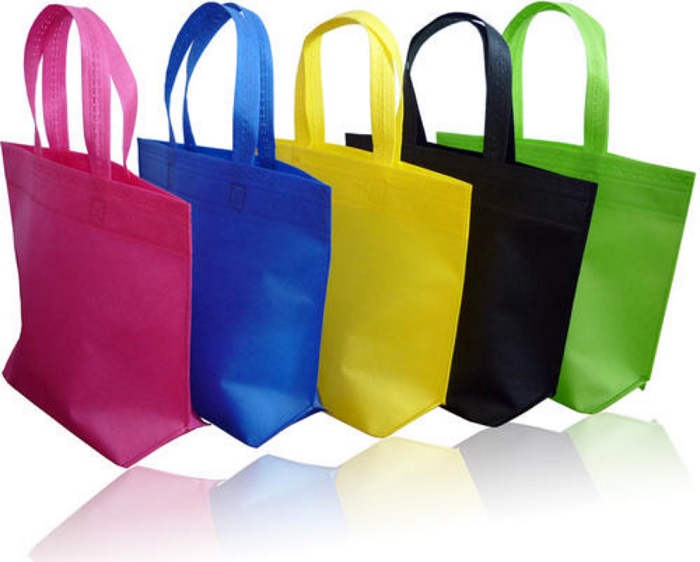
The development history of non-woven bags
China has been making non-woven bags since ancient times. Whenever the Chinese New Year, the ancients used all kinds of fabrics, knotted the four corners into simple handbags and filled them with abundant Chinese New Year goods. Congratulations to the new year for family and friends for a hundred years. In normal times, he uses hemp cloth to make durable burlap bags for toasts, puts on a change of clothes and utensils, and visits a distance to visit relatives and work. This is the embryonic form of the non-woven bag weaving process.
Even today, many traditional and rustic non-woven bags can still be seen. When the housewife knits sweaters, the cloth bag used to hold the thread balls, or the woven bag used to hold personal items after get off work are more typical non-woven bag designs.
Around 1930, the lifestyles of the people around the world had changed significantly with the high economic growth, from the era of ignorance to the era of mass production and then to the era of mass storage of commodities, and the economic crisis that followed. With the changes in buying methods, the United States first presented supermarkets. Under this type of sales, people can freely choose the products they like. However, after purchasing a large number of items, facing a bunch of small and trivial goods, how to take them home has become a problem for consumers. However, this is the reason why the use of non-woven bags began.
Around the 1990s, the circulation pattern of supermarkets appeared in various countries, and the use of non-woven bags appeared due to the emergence of new circulation patterns. Today, the development of the commodity economy is becoming more and more mature. A high-quality commodity is not only an expression of market value, but also an extension of the cultural connotation of the commodity. Therefore, non-woven bags are not only used as a single means of transportation, but also carry cultural and social values.
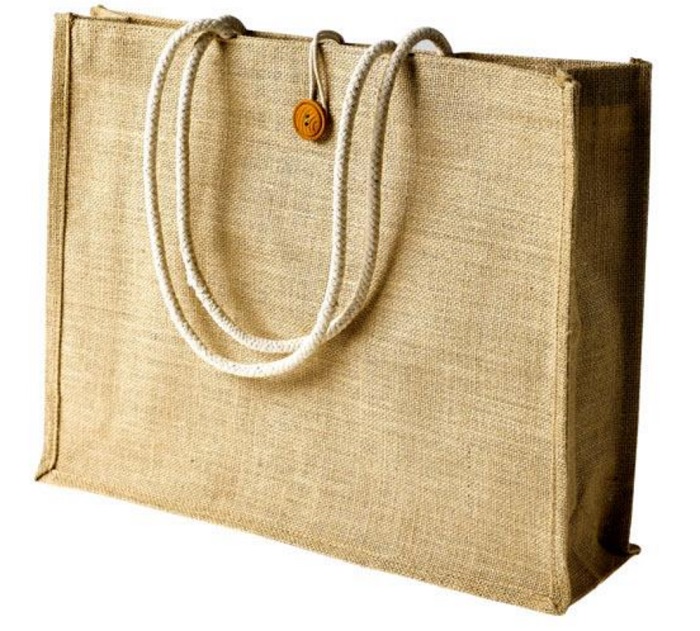
Advantages of non-woven bags
1. Light weight, polypropylene specific gravity is only 0.9, only three-fifths of cotton, thin and light, with excellent fluffy and good hand feeling.
2. Soft. Composed of fine fibers (2-3D), formed by point-like hot-melt bonding, the finished product is moderately soft and comfortable.
3. Pull out the water and breathe. Polypropylene chips do not absorb water, have zero moisture content, have good water drawability, have 100% fiber composition, are porous, have good air permeability, and are easy to keep the cloth dry.
4. Non-toxic and non-irritating. The product is produced with FDA food-grade raw materials and is formed by thermal bonding. The product does not contain other chemical components, has stable chemical properties, is non-toxic, has no peculiar smell, and does not irritate human skin.
5. Anti-chemical agents. Polypropylene is a chemically inactive substance, with good resistance to chemical corrosion, and the product is not affected by corrosion.
6. Antibacterial. The product is water-repellent, not moldy, and can isolate the bacteria and insects in the liquid from erosion, and is not moldy.
7. Good physical properties. It is made of polypropylene spun yarn directly spread into a net and thermally bonded. The strength of the product is better than ordinary staple fiber.
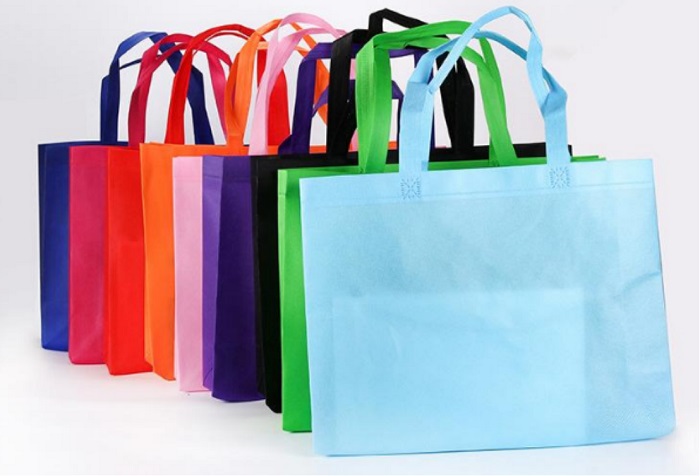
Non-woven bag production process
Loading (non-woven rolls) → folding → ultrasonic bonding → cutting → bag making (punching) → waste recycling → counting → stacking.
If you use the Suntech smart non-woven bag machine, the production of non-woven bags can be fully automated, only 1-2 people are required to operate, the production speed and product size can be adjusted within a certain range, and the touch screen is used to operate the multifunctional automatic woven bag-making machine,equipped with industrial control devices such as stepping fixed length, photoelectric tracking (accurate and stable operation), automatic counting (counting alarm can be set), and automatic punching.
At the same time, in order to further realize the effect of energy saving and environmental protection, it has the function of reclaiming the remaining material during the production process, which automatically collects the waste leftover from the bag making during the production process, which is helpful for secondary utilization, reduces labor intensity and increases work efficiency.
With 50 years of technical precipitation and design experience, Suntech has developed and produced intelligent non-woven fabric machines, including spunmelt non-woven fabric machines, spunbonded non-woven fabric machines, melt blown machines, etc., to help human environmental protection. Career, build a green home together.
